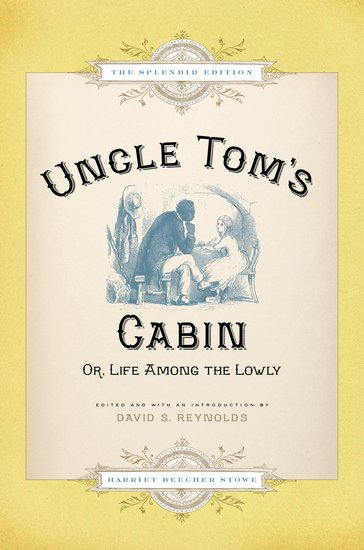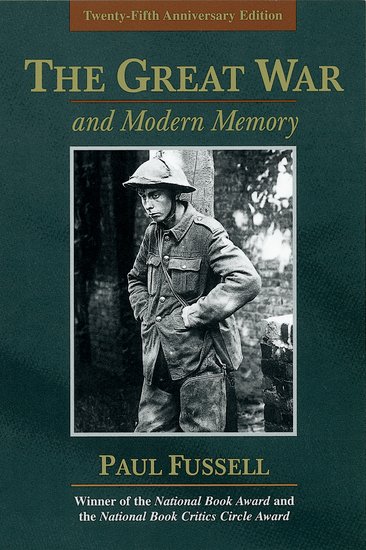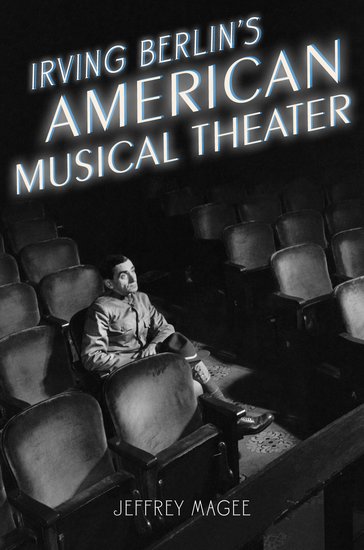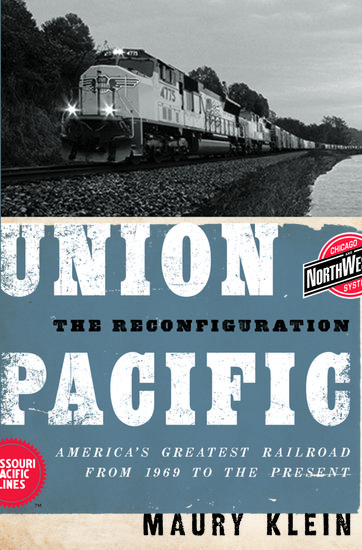Oklahoma City bomber Timothy McVeigh executed
This Day in World History
Early in the morning of 11 June 2001, Timothy McVeigh was executed for planning and carrying out the worst terrorist attack in United States history to date: the bombing of a federal office building in Oklahoma City in April 1995. Eleven children in an-office daycare center were among the 168 people killed in the blast. Five hundred more people were wounded.











